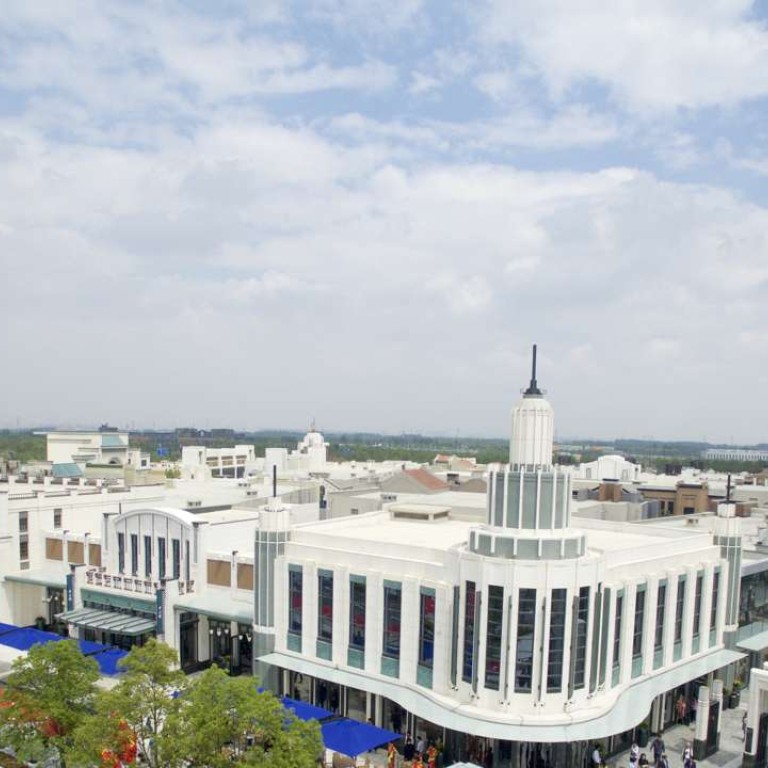
The rise of China’s shopping villages
Shanghai Village opens near Disneyland, as China’s shoppers wooed by upmarket outlet destinations close to home
During lean economic times in the developed West, the hunger for luxury and fashion in Asia, in particular China, has fuelled market growth beyond expectations. But China’s so-called luxury retail slowdown has taken its toll on some brands. A shifting economy coupled with a state-led crackdown on corruption (and the extravagant status symbols or luxury gifting that comes with it) has meant that the past three to four years ended the age of double-digit growth for many luxury labels in China.
There’s also been a natural maturation of an overheated industry in China. In the short term, those who suffered most are European fashion mega brands, many who banked too quickly on the same growth rate despite spreading themselves too thin and wide. Other retail sectors, such as outlet villages and malls, have seized on an opportunity.
“The way people are shopping in China is changing,” says Mark Israel, China CEO of outlet shopping developer Value Retail.
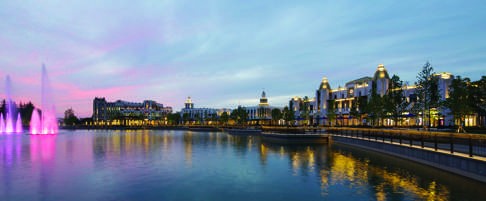
It’s been a hectic few months for the team that Israel leads. This week they opened their latest project: the 55,000 square metre Shanghai Village, next door to the world’s biggest (and newest) Disneyland. Shoppers can pick up items from the likes of Armani, Michael Kors and Calvin Klein for outlet prices.
“When economical growth is not as strong, we’ve traditionally done well,” says Israel. “People are more price conscious, less willing to spend lots as freely … There is more and better merchandise available in the outlet stores, so traditionally we’ve done well in a bad economy, however, China is not a bad economy, it’s just a changing economy.”
For outfits such as Shanghai Village, the growth of their target consumer – rising middle classes and upper middle classes – continues to be strong. It’s a group easily wooed by brand outlets selling off-season merchandise at up to 75 per cent off the original store price.
Value Retail’s portfolio of outlet villages includes La Vallee in Paris, La Roca near Barcelona and Bicester Village just outside London, recently dubbed the second most popular destination for Chinese tourists to England, falling only behind Buckingham Palace. At these destinations, shoppers are enticed by the possibility of picking up last season’s Celine, Burberry or Prada or high-street labels such as Nike for a fraction of the original prices.
But they’ve found that building outlet villages closer to home for their Chinese customers has reaped big rewards. In 2014, Value Retail opened their first China property, Suzhou Village, with Shanghai Village following on two years later.
At Suzhou Village, customer spend is significantly higher than in the other villages in the Value Retail portfolio. While they don’t share specific figures per consumer, Suzhou Village’s VIPs who visit more than once a quarter spend an average of 6,100 yuan (HK$7,208) per visit.
“Our average spend per customer is higher than anyone in the outlet sector,” says Israel.
The fact that Value Retail’s Chinese village clients spend the most reveals just how lucrative domestic retail tourism can be. Five days into the official opening of Shanghai Village and Israel says “the figures are ahead of expectations”.
“The country is shifting away from a production-led economy, maturing their tastes, and one thing that is happening is the move away from the few key mega brands to a wider basket of brands,” he adds. Good thing then, that there are plenty of contemporary and high street labels for fashion, home and sports here: see Clarks, Kate Spade, Samsonite, Vans and Nautica.
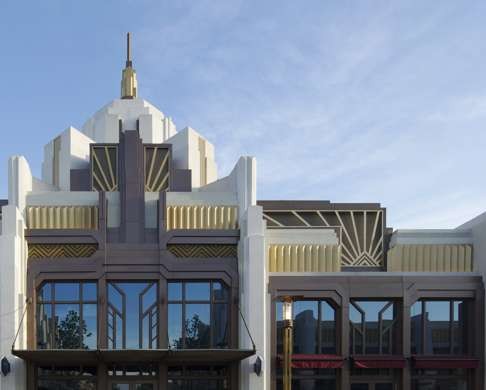
And like many outlet destinations; Shanghai Village not only about the lure of a deal – its attraction for lifestyle shoppers is huge and the experiential design has been crucial.
The plush architecture is built around the vintage era of world expos, 1920s and ’30s art deco and Shanghai’s unique “haipai” culture that mixed up West with East. A lake with fountain jets provides a picturesque waterfront for a rather impressive skyline that has taken influence from the centres of art deco such as New York, Paris, Milan, Vienna, and Shanghai. Restaurants, boulevards as well as big name outlets encourage visitors to stay, relax, shop and play for the entire day.
“Shopping in China is a pretty significant part of entertainment and social life,” adds Israel, “and traditionally so.”
Value Retail design the services of Suzhou and Shanghai villages around that of a five-star hotel, with hands-free shopping, valet, concierge and leisure areas designed to keep increasingly demanding Chinese consumers entertained for longer. From their Suzhou property they’ve learnt that Chinese shoppers tend to go round in large groups and with families, and adjusted parts of the villages to accommodate.
“We are in the experience, shopping and tourism business and at the heart of it is that you feel better leaving the village than you did when you arrive,” says Israel.
Outlet malls and destination villages might have started in the US decades ago. But today Chinese tourists have fast become the biggest spenders, and China the site for the market’s most ambitious developments. Aspirational middle classes have been key; entering into the high fashion market via entry-level discounted outlet prices.
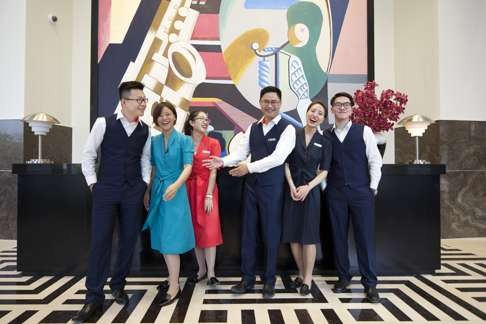
There’s signs of a 2016 luxury bounceback, according to Bain & Company’s 2015 China Luxury Market Study. But to be competitive, luxury brands will need “flexible pricing, a strong digital strategy and greater focus on fashion to win with Chinese consumers at home”.
Bruno Lannes, a Shanghai-based Bain partner and author of the report, writes on their website: “Our research found that the industry is quickly adapting to these challenges in an effort to drive more luxury consumption at home through strategies such as … a greater focus on fashion.”
It means that in recent years, retail groups (both domestic and foreign) have opened up outlet malls and villages in China. Last year Florentia Village, close to Shanghai airport, was opened by Italian retail giant RDM in a project costing 1.5 billion yuan. Florentina zones in on Italian names such as Zegna, Versace and Gucci, and is the closest competitor for Shanghai Village.
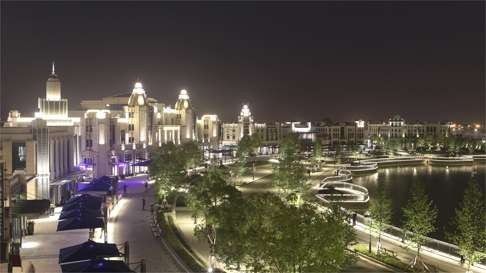
Along with interests from private companies, key players in driving these retail movements also include the government – which runs Shanghai Shendi Group (the developer of Shanghai international Tourism and Resorts zone (SITRZ) and Value Retail’s local partner.
And as visitors flood from around Shanghai, China’s second- and third-tier cities as well as the Asian region, the next few months at Shanghai Village will be highly telling. With so many arrows pointing to more potential in the market, will there be more outlet projects in the pipeline for Value Retail in China?
“Yes, our hands are full [with Shanghai and Suzhou], but we’re not done in China,” says Israel, “But now, there’s nothing we can talk about just yet.”

